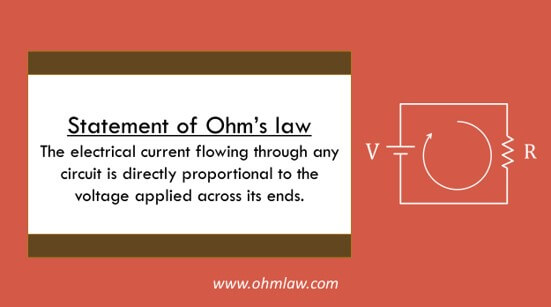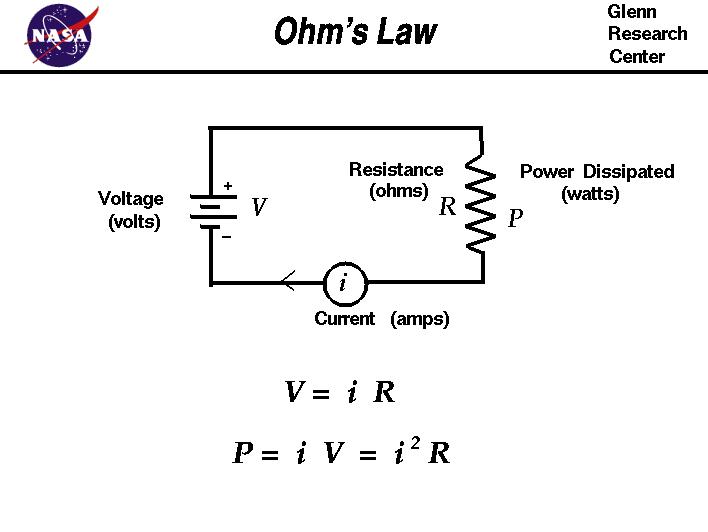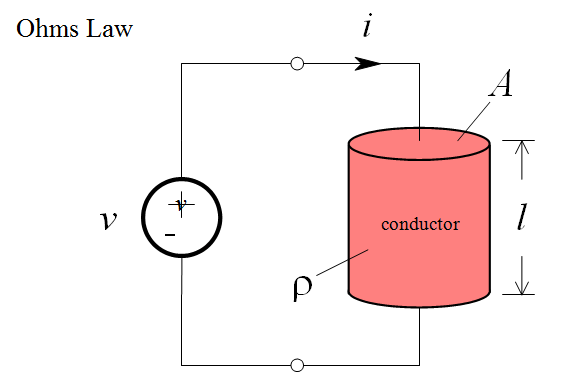Define Ohm S Law And Prove It

R is the electrical.
Define ohm s law and prove it. It does not apply to everything because it isn t something you apply to anything. In 1828 georg simon ohm a german physicist derived a relationship between electric current and potential difference. Statement of ohm s law. Ohm s law states that the voltage or potential difference between two points is directly proportional to the current or electricity passing through the resistance and directly proportional to the resistance of the circuit the formula for ohm s law is v ir this relationship between current voltage and relationship was discovered by german scientist georg simon ohm.
Introducing the constant of proportionality the resistance one arrives at the usual mathematical equation that describes this relationship. Ohm s law states that the current through a conductor between two points is directly proportional to the voltage across the two points. This is called ohm s law. Ohms law definition ohms law application ohms law limitation solving circuits using ohms law ohms law pie chart and matrix table questions.
To verify the ohm s law. Thus this law of ohm can be expressed with the equation or formula v ir thus the derivation of ohm s law is done. B describe an experiment to verify this law. So we have seen that this law of ohm can be expressed with the formula or equation v ir where v is the potential difference across the metallic element and i is the current flowing through the element.
This relationship is known as ohm s law. Where i is the current through the conductor in units of amperes v is the voltage measured across the conductor in. Ohm s law states that at a constant temperature current i through a conductor between two points is directly proportional to the potential difference or voltage v across the two points that is. A the potential difference across the ends of a given metallic wire in an electric circuit is directly proportional to the current flowing through it provided its temperature remains the same.
You can t prove it because it isn t a law.
















